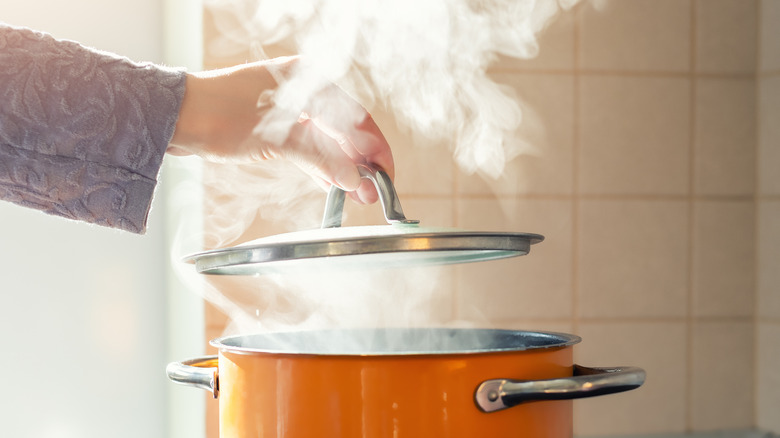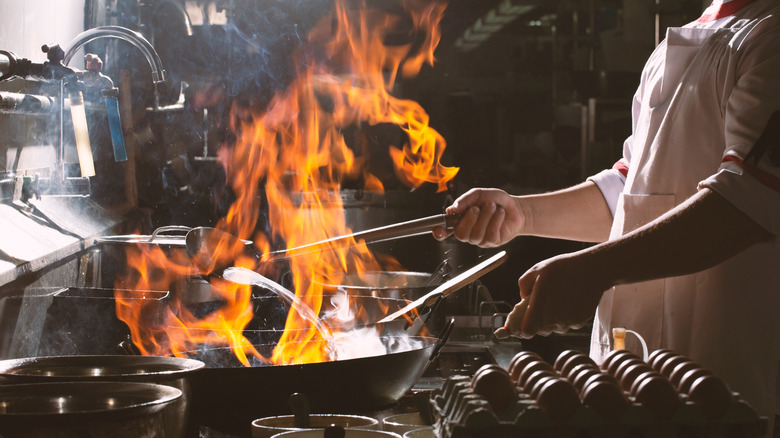A Recent Study Shows How Cooking Smells Impact Our Air Quality
For many people, cooking smells are a good thing. Most of us love the coffee aromas or sizzling bacon cooking smells that fill our houses in the morning or the tantalizing scents wafting from a nearby restaurant that settle the age-old debate of what to have for dinner. However, it now seems that there's a price to pay for all those delicious smells making their way through the air, and that's a negative impact on air quality. It turns out those cooking smells are essentially a form of air pollution.
Based on the results of a recent study by researchers at the National Oceanic and Atmospheric Administration (NOAA) Chemical Sciences Laboratory (CSL) (published in the Atmospheric Chemistry & Physics journal), cooking releases air pollutants in the form of volatile organic compounds (VOCs). These can cause urban air quality to deteriorate through the formation of ground-level ozone pollution and PM2.5 particulate matter. According to the CSL researchers, "if you can smell it, there's a good chance it's impacting air quality."
The significance of this new food smells study
The study found that cooking emissions contributed an average of 21% to total VOCs on the streets of Las Vegas, a figure that ranged from 10% to 30% of total VOCs, depending on the time of day the measurements were taken. An earlier study by researchers at Carnegie Mellon University (published in the journal of Environmental Science & Technology in 2018) also found that restaurant cooking emissions created a significant amount of organic aerosols, which are a key component of PM2.5 particulate matter.
The fact that cooking causes emissions is nothing new, though much of the previous focus has been on indoor air quality rather than outdoor. There's a reason that science recommends that you use the back burner on your stove, or why the gas versus electric oven debate is ongoing. What's startling about this latest NOAA study is realizing just how drastically scientists and policymakers may have underestimated how much cooking smells and emissions can impact air quality. Prior estimates by the U.S. National Emissions Inventory placed the contribution of cooking emissions to urban VOCs at just 1%, but that figure may actually be closer to nearly 25%. And while Las Vegas may have a higher concentration of restaurants than many other cities, that percentage for other cities or urban areas with a lot of restaurants may still be significant and warrants more study.

